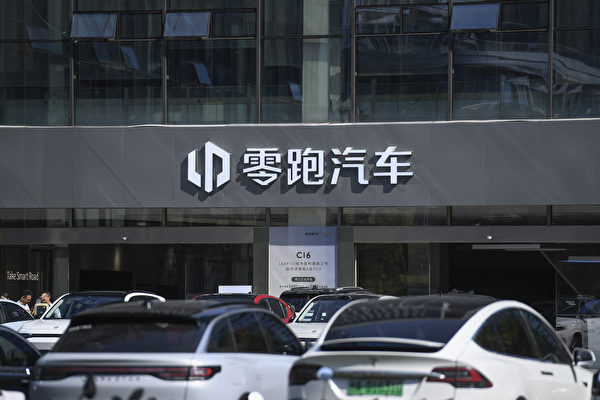In recent years, new energy vehicle companies supported by the Chinese government have been generally experiencing losses. On the evening of May 17, Zero Run Automotive disclosed its first-quarter report, showing a net loss of 1.013 billion yuan in the first quarter of this year. Over the past five years, the company has accumulated losses of 14.1 billion yuan. According to statistics, Zero Run incurs a loss of 37,800 yuan for every car sold.
According to the financial report of Zhejiang Zero Run Technology Co., Ltd. (referred to as “Zero Run Automotive”) for the first quarter of 2024, the company achieved a revenue of 3.486 billion yuan in the first quarter of this year, an increase of 141.7% compared to 1.443 billion yuan in the same period last year, but a decrease of 33.9% from 5.278 billion yuan in the previous quarter. The net loss was 1.013 billion yuan, compared to 1.133 billion yuan in the same period last year.
Due to price wars and promotional activities on old models as well as a decrease in sales volume, Zero Run Automotive’s gross profit margin, after achieving a positive margin for the first time in 2023, fell back into the negative territory in the first quarter of this year at -1.4%.
According to sales data, in the first quarter of 2024, Zero Run Automotive delivered a total of 33,400 new cars, an increase of 217.9% compared to the same period last year, but a decrease of 39.6% compared to the previous quarter.
Based on earlier financial reports, the net losses of Zero Run Automotive in 2019, 2020, 2021, 2022, and 2023 were 901 million, 1.1 billion, 2.846 billion, 5.109 billion, and 4.216 billion respectively, totaling 14.17 billion yuan in losses over five years. According to previous Chinese media statistics, Zero Run incurs a loss of 37,800 yuan for each car sold.
It is worth mentioning that in April last year, a shop manager in Jinan publicly revealed issues such as Zero Run Automotive pressuring dealers to falsify sales volume. The manager believed that Zero Run Automotive’s actions potentially involved forcing dealers to register vehicles to obtain national subsidies.
In 2023, a large-scale price war erupted in the Chinese auto market, increasing industry pressures, shrinking profits in traditional fuel vehicle businesses, and leading to widespread profit declines or losses in the new energy vehicle market.
On April 15, Citigroup released a research report predicting that for every SU7 car sold by Xiaomi Auto this year, the company will incur an average loss of 6,800 yuan, with the entire car manufacturing business expected to incur losses of up to 4.1 billion yuan. According to media under the 36Kr platform, “PowerOn,” Xiaomi Auto has already prepared for over 5 years of future losses internally.
In fact, Chinese electric vehicle companies are generally experiencing losses. NIO, on March 5, announced a net loss of 20.7198 billion yuan for 2023. From 2018 to 2023, NIO’s cumulative net losses have exceeded 80 billion yuan.
Just last month, Beiqi Group’s new energy vehicle subsidiary, Beiqi Blue Valley, announced a first-quarter net loss of 1.016 billion yuan for this year, following a net loss of 5.4 billion yuan last year, and accumulating losses of 22.5 billion yuan over the past four years.
It is noteworthy that Chinese car manufacturers like Zero Run have begun a large-scale “going global” initiative.
On May 14, Dutch automaker Stellantis N.V. and Zero Run Automotive established a joint venture company, Zero Run International, with a 51-49 ratio, spearheaded by the former. Zero Run International is set to commence sales in Europe in September 2024 and plans to expand its sales network to 200 locations in Europe by the end of this year.
Currently, the primary export destination for Chinese electric vehicles is European Union countries, with EU tariffs only ranging from 5% to 10%. Over the past three years, China’s exports of electric vehicles to Europe have surged by 851%.
However, on May 14, the U.S. government announced a significant increase in tariffs on imported Chinese new energy products, including electric vehicles, from 25% to 100%. While the increase in import tariffs on electric vehicles by the U.S. may be symbolic, it could also set an example for the EU, which might follow suit.

